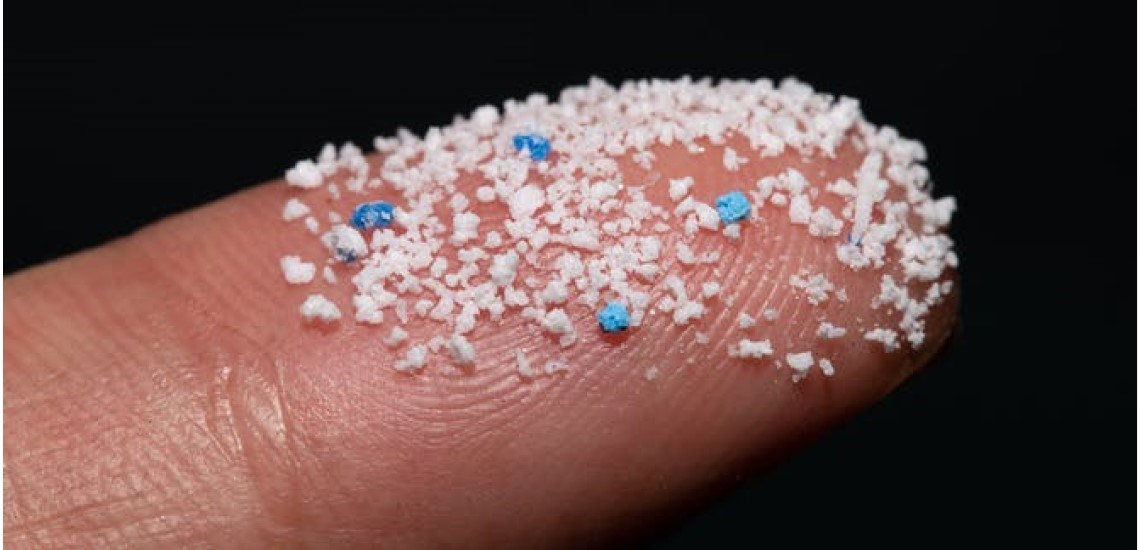Microplastics from tyres and textiles are a bigger source of marine pollution than the breakdown of larger plastic waste in some areas, says the IUCN.
IUCN Concerned By Tyre and Textile Pollution
Up to 30 per cent of plastic released into the oceans each year comes from primary microplastics, not the disintegration of larger pieces, a report found.
Debris from tyre abrasion and synthetic fabrics are the main sources, according to IUCN, a view contrary to that offered by the Global Tire Project the cross-manufacturer body that meets to discuss tyre industry issues.
The IUCN reviewed data from seven global regions to look at how much of the estimated 9.5 million tonnes of new plastic waste released into the oceans each year comes from primary microplastics.
These are tiny plastic particles from the likes of consumer products rather than the degradation of larger bits of plastic in the oceans.
The report found between 15 and 31 per cent of plastic pollution came from primary microplastics, of which the biggest contributors (almost two-thirds) were abrasion of synthetic textiles, while washing, and abrasion of tyres, while driving.
François Simard, deputy director of IUCN’s marine programme, said the findings came as a surprise.
“We discovered that most of the microplastics are coming from either clothes or from tyres, Microplastics are going everywhere in the sea and into the food chain, let’s close the plastic tap.”
IUCN director general Inger Andersen said the report was “a real eye-opener”.
“Our daily activities, such as washing clothes and driving, significantly contribute to the pollution choking our oceans, with potentially disastrous effects on the rich diversity of life within them, and on human health,” she said.
The release of microbeads from cosmetic products has received widespread publicity, resulting in action from manufacturers.
However, solving plastic pollution from tyres and synthetic clothes will be harder to address.
Joao de Sousa, marine project manager for the IUCN’s global marine programme, said solutions must include product and infrastructure design as well as consumer behaviour.
Last month, a separate report by a scientific body that advises the UN on marine environmental protection highlighted concerns about debris from vehicle tyres.

















